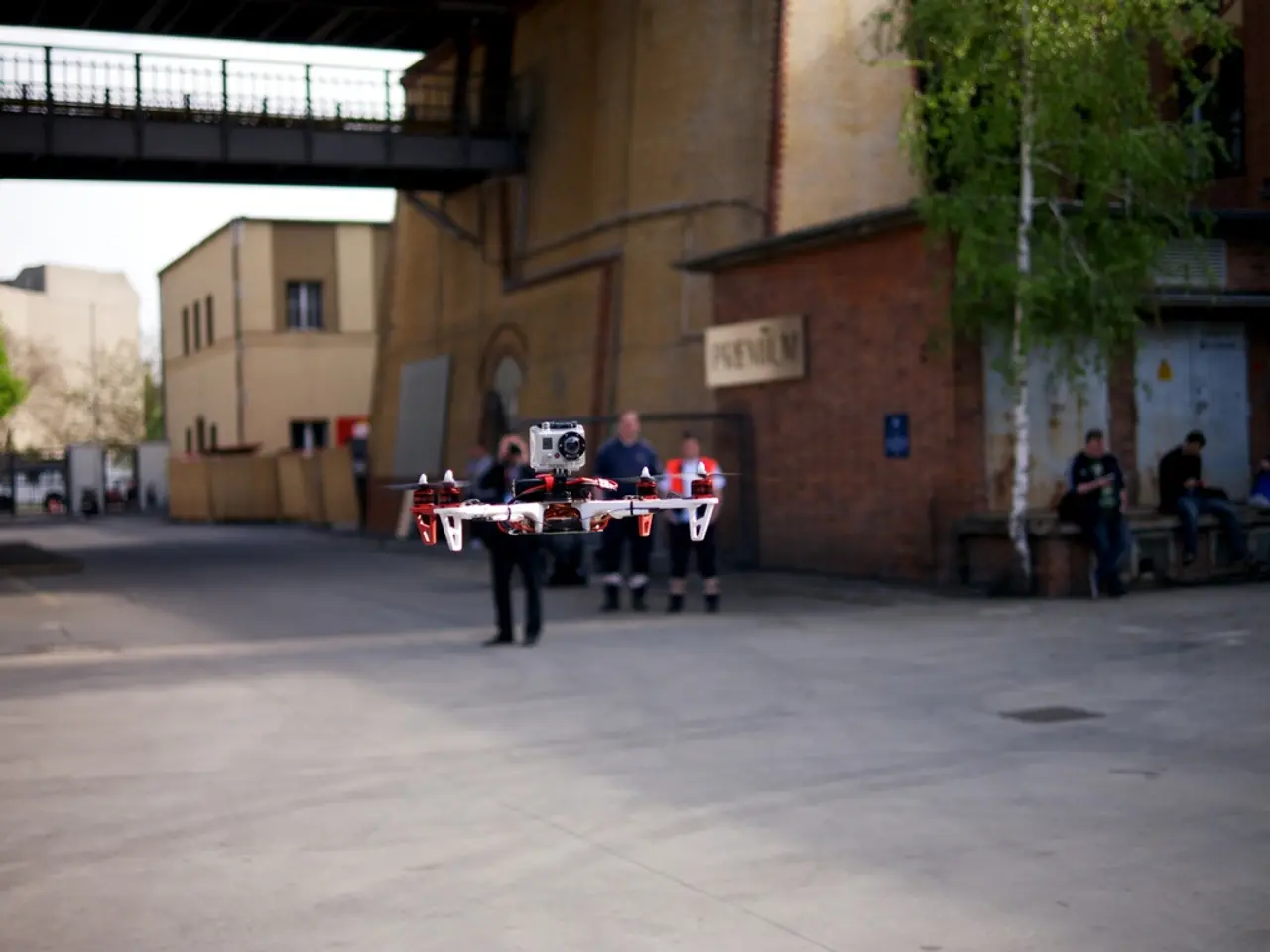Multirotors: Revolutionizing Industries with Unique Flight Dynamics
Multirotor drones, with their unique flight dynamics and advantages, have revolutionized various industries. These unmanned aerial vehicles (UAVs) use propellers for lift and control, offering precise, stable flight with a payload. Let's explore the different types of multirotors and their capabilities.
Multirotors, unlike traditional aircraft, use tiny thrust differences to control roll, pitch, and yaw, instead of moving control surfaces. This allows for agile and precise flight. The number of rotors and their arrangement determine the drone's capabilities.
Hexacopters, with six rotors, offer more thrust and better wind handling than quads. They also provide partial motor-out landability and can carry heavier payloads, making them ideal for sensor-based tasks. However, they are more complex and have higher costs and electromagnetic interference (EMI) management issues.
Quadcopters, the simplest and cheapest, have four rotors. They are light and easy to integrate with sensors but lack true motor-out survivability and have lower total thrust and wind margin.
Tricopters, with three rotors, offer very agile yaw authority and fewer parts but have limited payload and redundancy. They are less common than quads and hexas.
Octocopters, with eight rotors, provide maximum thrust and control authority. They are excellent for cinema work, LiDAR+IMU integration, and precision lift but have larger airframes and higher maintenance requirements.
Larger, slower props mean longer flight times and a less irritating acoustic signature, beneficial for urban or wildlife jobs.
Thrust-to-weight ratio and disk loading are crucial for performance. Practical work platforms typically sit around 1.8-2.5 at takeoff.
Multirotors, with their diverse configurations and capabilities, have become indispensable tools in various industries. From warehouse management, where Daifuku, a Japanese market leader, has dominated the autonomy solutions, to precision lift and sensor-based tasks, multirotors offer unique advantages. Their fast deployment, ease of integration with sensors, and reliability near structures make them ideal for a wide range of applications.
Read also:
- Tata Electronics & Bosch Ink MoU to Boost India's Electronics Manufacturing
- Tata Motors Establishes 25,000 Electric Vehicle Charging Stations Nationwide in India
- Strengthening Defense against Multi-faceted menaces in the Age of Authority-driven Technology
- AI-Enhanced Battery-Swapping Station in Southeast Asia Officially Opens Its Doors








